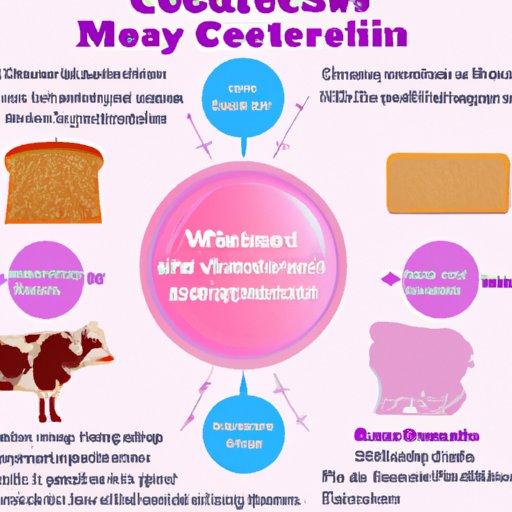Introduction
Cultured meat, also known as “clean meat”, “lab-grown meat” or “in vitro meat”, is an emerging form of food production that has gained momentum in recent years. It is a type of artificial meat that is created by culturing animal cells in a laboratory environment. Cultured meat has been proposed as a potential solution to some of the world’s most pressing food issues, such as climate change, animal welfare, and food insecurity. In this article, we will explore the history and development of cultured meat, its advantages and disadvantages, and its potential impact on the environment.

Exploring the History and Development of Cultured Meat
The concept of cultured meat has been around for decades, with researchers first exploring the idea in 1931 when they successfully grew animal tissue in a laboratory setting. However, it wasn’t until 2013 that the first cultured burger was unveiled to the public. This event marked a major milestone in the development of cultured meat and opened up a whole new world of possibilities. Since then, research into the technology has continued to progress at a rapid rate, with a number of companies now working to bring lab-grown meat to the market.

Breaking Down the Basics of Cultured Meat
So what exactly is cultured meat? Put simply, it is a type of artificial meat that is created by culturing animal cells in a laboratory environment. The process involves taking a small sample of animal cells and growing them in a nutrient-rich solution. Over time, the cells will multiply and eventually form a piece of meat that can be used for food production. Compared to traditional methods of meat production, this process requires significantly less land, water, and energy, making it more sustainable and environmentally friendly.
Examining the Pros and Cons of Cultured Meat
While cultured meat has a lot of potential benefits, there are also some drawbacks that must be taken into consideration. On the plus side, it has the potential to reduce the amount of land and water needed to produce meat, while also eliminating the need for animals to be slaughtered. It could also reduce the risk of bacterial contamination and increase food safety. Additionally, it would eliminate the need for antibiotics as it is grown in a sterile environment.
On the other hand, there are some potential downsides to cultured meat. For example, it is still unclear how the taste and texture of lab-grown meat will compare to that of traditionally produced meat. Additionally, the cost of production is still relatively high, which means that cultured meat may not be accessible to everyone. Finally, there are ethical concerns surrounding the use of animal cells in the production process.

Analyzing the Impact of Cultured Meat on the Environment
In addition to its potential benefits for human health and animal welfare, cultured meat could also have a positive effect on the environment. According to a study conducted by the University of Oxford, the production of cultured meat could reduce greenhouse gas emissions by up to 96%, which could help to mitigate some of the effects of climate change. Additionally, it could reduce water usage by up to 82% and land usage by up to 99%. These reductions could have a significant impact on global resource scarcity.
However, there are some potential negative environmental impacts associated with cultured meat as well. For example, the production process requires a great deal of energy, which could lead to increased carbon dioxide emissions. Additionally, the disposal of waste products from the production process could have a detrimental effect on local ecosystems.
Investigating the Future of Cultured Meat
As the technology continues to develop, there are a number of challenges that need to be addressed before cultured meat can become a viable alternative to traditional meat production. One of the biggest challenges is cost, as the current production process is still relatively expensive. Additionally, there are regulatory hurdles that need to be addressed before cultured meat can be sold on the market. Finally, further research is needed to improve the taste and texture of lab-grown meat, so that it can compete with traditional meat products.
Despite these challenges, there are a number of potential benefits that could come from the widespread adoption of cultured meat. For example, it could reduce the environmental impacts of meat production, while also providing a safe and sustainable food source. Additionally, it could help to reduce global hunger by providing a low-cost source of protein. Finally, it could create new job opportunities in the food industry.
Conclusion
In conclusion, cultured meat has the potential to revolutionize the way we think about food production. It could provide a more sustainable and environmentally friendly alternative to traditional animal-based meat, while also reducing the risk of bacterial contamination and increasing food safety. While there are still some challenges that need to be addressed before cultured meat can become a viable alternative, the future looks bright for this emerging technology.
(Note: Is this article not meeting your expectations? Do you have knowledge or insights to share? Unlock new opportunities and expand your reach by joining our authors team. Click Registration to join us and share your expertise with our readers.)
